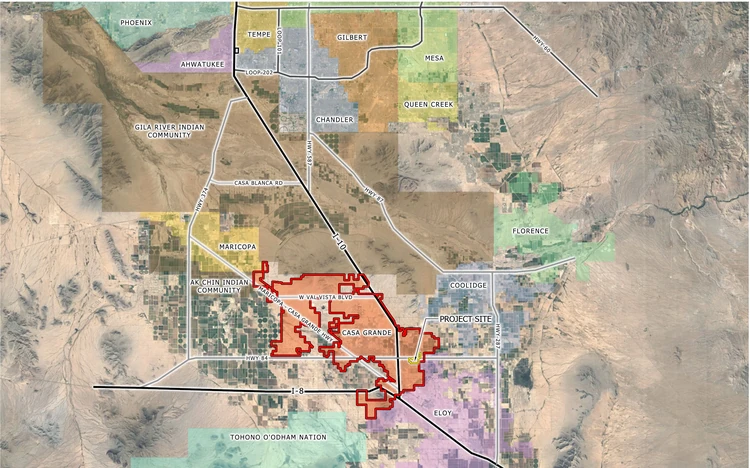
Across the country, as the three true outcomes alter baseball’s spectator appeal, adults have picked up their yellow bats and adopted the traditional children’s game as a competitive sport. We traveled to the World Wiffle Ball Championship to explore the growing phenomenon.
By Zach Kram | The Ringer
Even at 7 in the morning, Memorial Park is hot. Really hot. By noon, the Weather app will put the heat index at 108 degrees; already, with the overnight dew still glittering in the outfield grass, some teams arriving early to the 40th annual World Wiffle Ball Championship are removing layers of clothing to shag fly balls shirtless, or gulping from buckets of water after completing a warm-up jog, or strategically positioning tents along the painted foul lines to ward off the rising sun.
But the main weather question has less to do with the heat than the wind, which Wiffle enthusiasts are quick to highlight as the key tactical concern when approaching a competitive game. “Is it blowing out?” one pitcher asks a teammate who has just returned from checking field conditions. “My ERA’s going to go up.”
Welcome to the world of competitive Wiffle ball, specifically the annual tournament now held in the Chicago suburb of Midlothian, Illinois, in late July, believed to be the oldest in the country but now just one of hundreds that dot the summer calendar nationwide. Long a sport that lived primarily in kids’ backyards, Wiffle ball over the past decade has boomed for adults, too: as a nostalgic reminder of youth, as a conduit for intense competition, and as a spectator sport all in one.
(Editor’s note:Jason Rose, Jordan’s husband, won the 1985 Whiffle Ball World Series)








